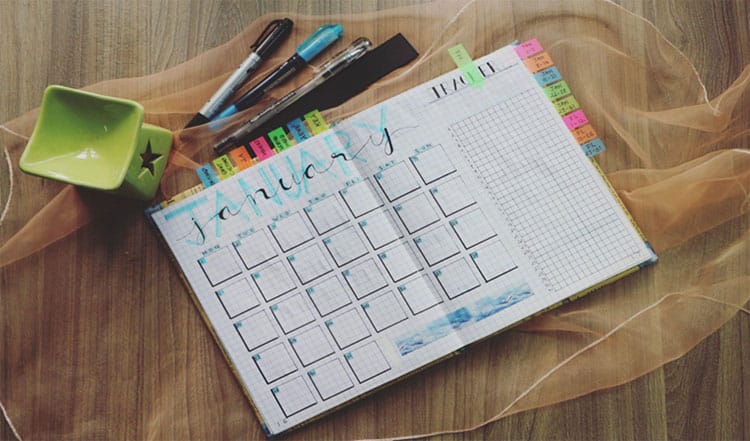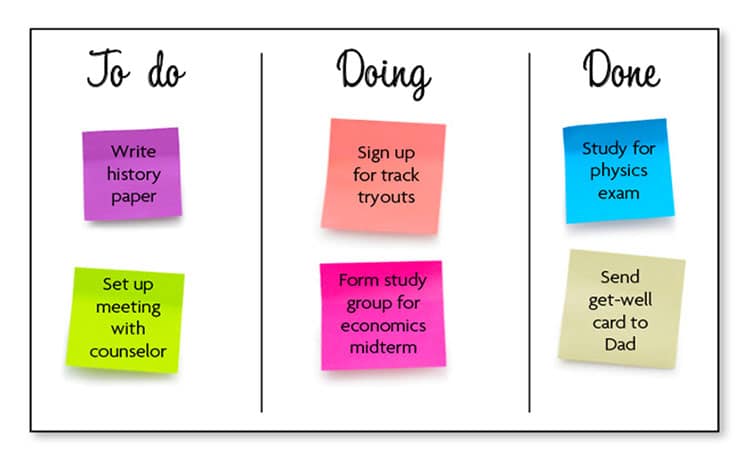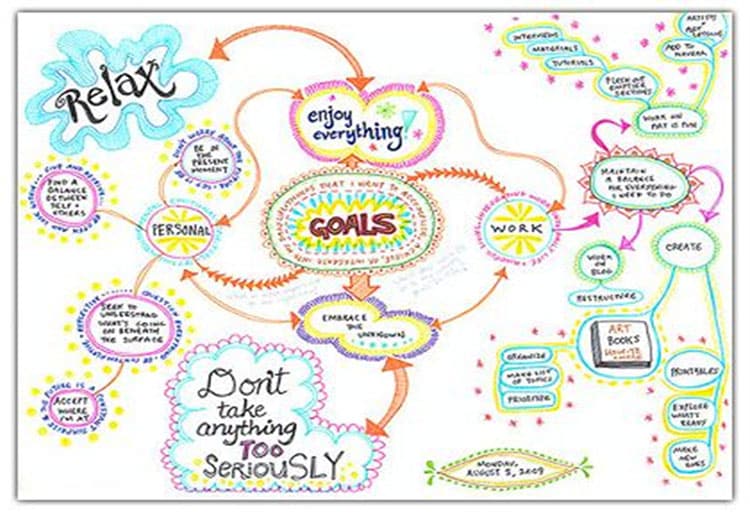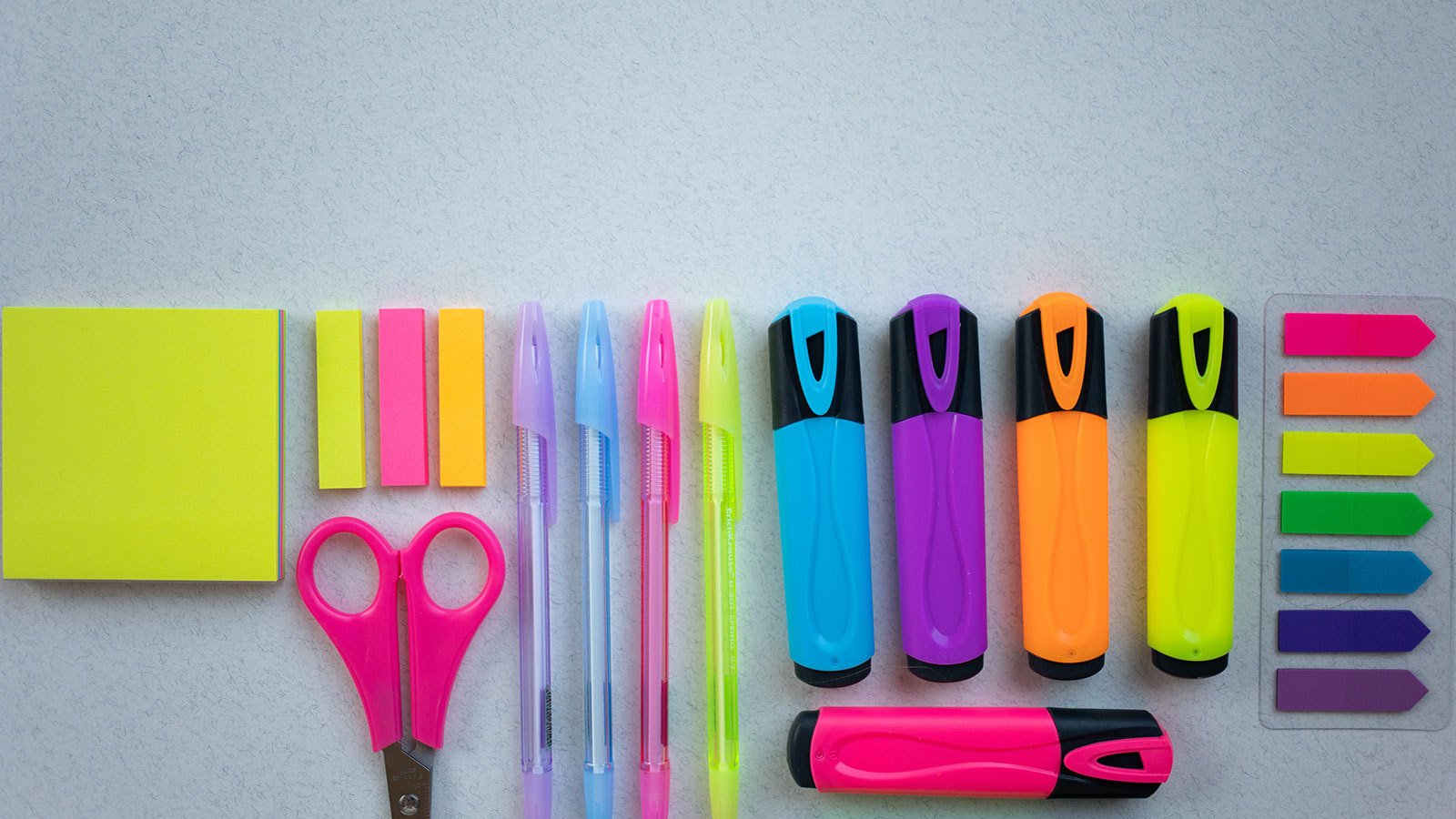Last Updated On: July 1st, 2024
It’s that time of year. School is about to resume and homework is on the agenda. If you’re like most kids, you are a busy student involved in many extra curricular activities and school work comes last on the totem pole. So how do you prioritize and get your work done?
1. Plan out your week
Find your style. Are you a digital person? Do you like your phone calendar? If that’s not your style, how about a paper planner? Maybe a white board is more your thing, so make sure you have your expo markers ready.
Figure out your life! What is on the schedule this week. You can’t rely on your parents to figure out your schedule forever, so might as well start early. First mark down all after school commitments on a calendar or planner. Then add in any plans you have with family or friends. Now look at the white space. Where can you fit in homework time? If you’re noticing your calendar doesn’t have much white space, be realistic. Do you need to cut something fun in order to get everything done? Could you push an assignment to the weekend instead of missing something fun with your friends? Of course, it’s a much better choice not to procrastinate, but you also need to be kind to yourself. Fun and relaxation is a recharge between classes. Flexibility with homework planning is very important. Your weekly schedule may change 12 times. While frustrating, it also trains us to be efficient, effective, and solve problems. Finding a new plan when something changes is a great skill to have far beyond homework, so start here.

2. Plan out your day
To Do Lists are your best friend, here. What items are crucial? What items are due tomorrow? Is there anything that requires slow and steady chipping away throughout the week? When you’re building a To Do List you should always start it with the most urgent things at the top. Then add your non-urgent to dos at the very bottom of that list. If there’s anything that requires 30 minutes of steady work daily, keep that item more in the middle of the list.
The most important element of this list isn’t the To Dos though, it’s the Done section. Always check off the items you’ve completed and highlight them on your paper. It sounds simple, but it really works when you’re craving the feeling of accomplishment. Psychology Today mentions, “The satisfaction of ticking off a small task is linked with a flood of dopamine. Each time your brain gets a whiff of this rewarding neurotransmitter, it will want you to repeat the associated behavior.” Remember to welcome the feeling of accomplishment so you’re able to feel the benefits of your progress.

Post Its are another version of the classic To Do list. If you’re not a list person or your mind tends to drift, utilize the traveling, colorful paper we all know and love. For tasks that are absolutely pressing, write the assignment in large, dark letters and put at least one post it on your desk. Sometimes I even recommend putting an extra post it on your door so you’re reminded of your task every time you use the bathroom or get up for the next distraction. It’s annoying, don’t get me wrong, but helpful for those multi-taskers and easily distracted students. Another way you can use post its is to have all of your tasks on a separate post it either on your desk, laptop, or wall. (Make sure they’re color-coded with an aggressive color or text denoting your most important tasks.) Then, as you complete each task, you rip the post it off the wall and into the trash it goes. The dopamine surge is also guaranteed using this method.
Too much paper for you? That’s ok. Mind Maps are the visual learner’s best friend and can be a fantastic option for those that prefer drawing or color to really ground them. Mind Meister allows students to make free Mind Maps and personalize them with colors and text to meet their needs. They even have an app if you prefer creating one from your phone or iPad. Once you have all of your homework items in front of you it’s time to start categorizing. All pressing assignments should be in one color, an aggressive color, like red or neon. All assignments that could be pushed to a different day can use a lighter color. If you have any major projects you’re working on, allow them to be in another muted color. Alternatively, it’s ok to categorize your assignment by subject or even by time commitment.

3. Timing
Speaking of timing…Why does it matter? Well, if you have 10 pressing assignments and they will each take you 20 minutes, that’s not so bad. If you have 2 assignments that will each take you 3 hours, that’s not ideal. In fact, it’s far more daunting than the first despite the list being exceptionally longer. Timing is absolutely important, as it can be your enemy or your friend.
Now that you have some version of a daily task list, figure out the timing. What will take you the longest? Start there. If you have an especially long assignment, make sure to break it into smaller chunks.
Next, think, what do I really NOT want to do? What would be easy and make me feel good to finish? Make sure to layer hard tasks followed by easier tasks. Try to be mindful of your stamina and what subjects require the most brain power. If math is the hardest for you, don’t leave that until the end of the night. If there’s something that’s a bit more focused on memorization or concepts you’re pretty familiar with, leave that for last.
Don’t burn out. We work more effectively in smaller 25-45 minute time chunks. You need breaks. All humans do, even adults. Work in a 5-10 minute break after each assignment so you don’t exhaust yourself. If you haven’t yet, also check out the Pomodoro technique.
4. Accountability is key
We work towards goals more effectively when we have someone to hold us accountable. Instead of resisting the urge for validation, lean into it. Request that your parents check in with you at the end of the night. Tell them what you accomplished. Let them know what’s next on your list for tomorrow.
If you have a tutor be sure you keep them posted on how productive you are during the week. Some nights you won’t be as productive due to lack of sleep, emotional distress, or other outside factors. That’s ok. If you find yourself in a good routine, it’s optimal to have an accountability partner to work with. Start by stopping and taking a look at what you did well. If there’s something that doesn’t work for you, take it out. It’s important to take time to reflect on our habits and notice our strengths and weaknesses.
If your parents work at night and you don’t have the option of a tutor, use a sibling or a friend. Make it part of the conversation. “I did this tonight, what did you do?” Or “did you finish the math homework?” Or “I did it earlier so I wouldn’t get so tired.” All of these exchanges keep you accountable and in communication with a partner. Whether you’re sharing your goals or having a quick catch up convo with a friend, it’s all accountability.
Photo by EKATERINA BOLOVTSOVA




















